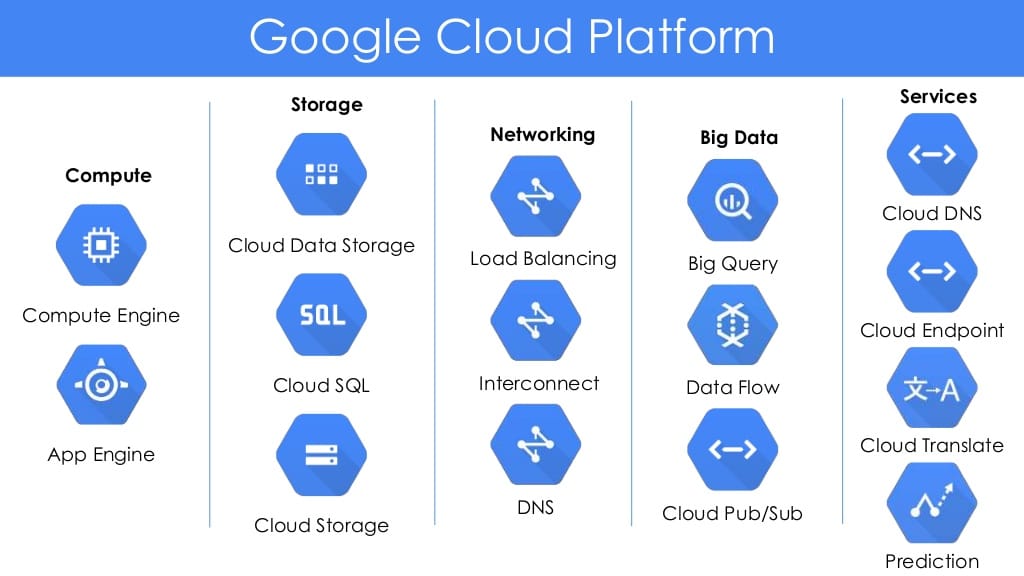LinkDaddy Cloud Services Press Release: Announcing New Features and Enhancements
LinkDaddy Cloud Services Press Release: Announcing New Features and Enhancements
Blog Article
Achieve Seamless Scalability With Cloud Solutions
In the ever-evolving landscape of cloud services, accomplishing smooth scalability stands as a foundation for modern services looking for to stay affordable and versatile. The quest for seamless scalability with cloud solutions unveils a globe of opportunities for those prepared to welcome the transformative power of dynamic resource monitoring.
Advantages of Cloud Scalability
Cloud scalability supplies organizations the adaptability to dynamically adjust resources based upon demand, making sure optimal efficiency and cost performance. One essential benefit is the capacity to scale sources up or down promptly in action to varying work. This dexterity enables companies to satisfy altering consumer requirements without over-provisioning sources, ultimately resulting in cost financial savings. Scalability likewise improves performance by ensuring that systems can deal with enhanced website traffic or work without experiencing downtime or stagnations. By successfully alloting resources, organizations can maintain high levels of efficiency throughout peak times without unnecessary expenditures throughout quieter periods. Furthermore, cloud scalability advertises technology and experimentation by permitting services to quickly check originalities and scale them as needed. This flexibility encourages a culture of continual enhancement and adjustment, making it possible for companies to remain competitive in a quickly progressing market landscape. Eventually, the benefits of cloud scalability expand past price savings to incorporate better efficiency, agility, and development.
Secret Features for Scaling
Effective scaling in cloud services depends on vital functions that make it possible for companies to adjust sources dynamically based on demand. One vital feature for scaling is elasticity, permitting sources to scale up or down in action to rising and fall workloads. This makes sure that companies can meet efficiency requirements without over-provisioning resources. An additional essential attribute is scalability, allowing systems to manage enhanced work by adding resources perfectly. This feature is critical for accommodating growth without compromising performance. Additionally, automation plays an essential role in scaling by automating the provisioning and de-provisioning of resources based upon predefined plans. Automation reduces human intervention, improves efficiency, and makes sure quick response to altering needs. Tracking and analytics devices are also important for scaling, offering insights into source usage, performance metrics, and prospective bottlenecks. These devices make it possible for companies to make educated choices and enhance source allotment for reliable scaling. In general, these crucial functions collectively equip companies to attain smooth scalability in cloud services.
Carrying Out Auto-Scaling Methods
To properly enhance source allotment and adapt to differing work, companies need to purposefully carry out auto-scaling techniques in their cloud services infrastructure. Auto-scaling permits systems to immediately adjust the number of calculate resources based upon real-time demand. There are various auto-scaling approaches that organizations can employ, such as predictive scaling, which makes use of historical data to forecast future source requirements, and reactive scaling, which reacts to existing work changes.

Ideal Practices for Scalability
For companies aiming to enhance their scalability in cloud solutions, carrying out finest methods is crucial for optimum efficiency and source administration. One trick best practice is making applications with a microservices design. This strategy breaks down applications right into smaller sized, independent services that can be released, updated, and scaled individually, enabling better versatility and scalability.
One more essential technique is making use of containerization modern technology, such as Docker or Kubernetes. Containers allow the product packaging of applications and their dependencies right into isolated systems, making it much easier to scale components individually and deploy them continually across various settings.
In addition, executing automated deployment and framework as code (IaC) can improve scalability initiatives (linkdaddy cloud services). Automation devices like Terraform or Ansible assistance in provisioning and taking care of resources effectively, decreasing hands-on errors and making it possible for fast scalability
In addition, keeping track of efficiency metrics, establishing up alerts, you could try these out and conducting regular ability preparation are necessary practices to guarantee aggressive scalability management. By adhering to these ideal practices, companies can attain smooth scalability in their cloud services while maximizing efficiency and source application.
Tracking Performance Metrics
When examining the efficiency of cloud services scalability, closely monitoring efficiency metrics is crucial for making certain go to my blog optimal functionality and source allowance. By continuously tracking vital efficiency indications (KPIs) such as response times, latency, throughput, and source utilization, companies can obtain useful insights into the health and wellness and performance of their cloud facilities. Checking efficiency metrics enables the early detection of potential bottlenecks or issues that might influence scalability, enabling positive measures to be taken to address them before they intensify.

Final Thought
In conclusion, attaining seamless scalability with cloud services is essential for companies to optimize performance, enhance advancement, and preserve high efficiency degrees throughout peak times. By leveraging the benefits of cloud scalability, implementing auto-scaling strategies, utilizing crucial functions such as elasticity and automation, and complying with ideal practices like application style and performance surveillance, services can effectively scale their systems while maximizing resource utilization and efficiency.
The mission for smooth scalability with cloud solutions reveals a world of possibilities for those eager to embrace the transformative power of dynamic resource management.
Cloud scalability provides organizations the flexibility to dynamically adjust sources based on need, making certain optimum efficiency and cost effectiveness. One more essential function is scalability, enabling systems to take care of increased workload by including sources perfectly.For companies aiming to improve their scalability in cloud solutions, implementing best practices is critical for ideal performance and resource management.When assessing the performance of cloud services scalability, closely monitoring efficiency metrics is try these out critical for guaranteeing optimum performance and source appropriation.
Report this page